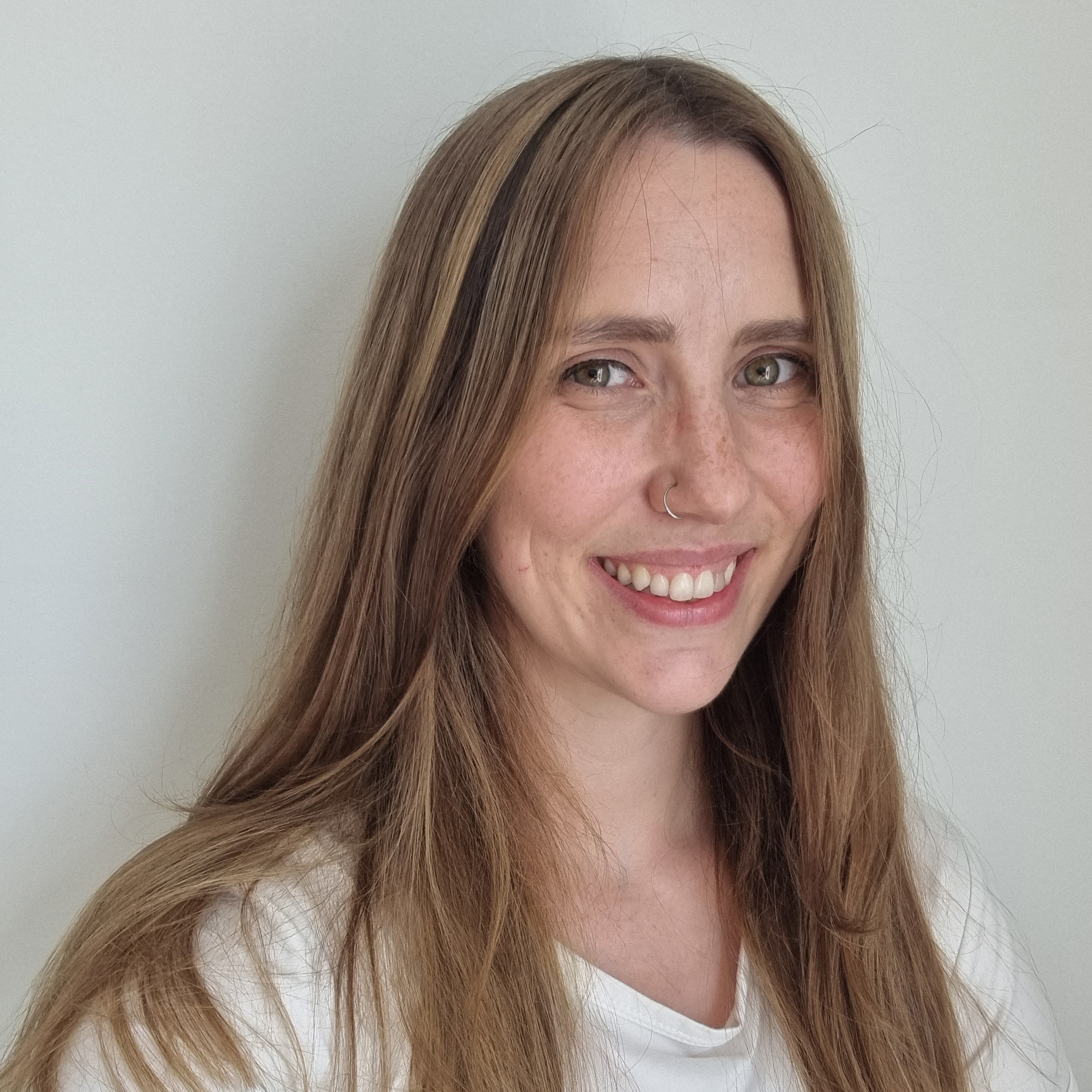How to beat the post-Christmas slump: get back on track with these tips
Wondering how to beat the post-Christmas slump? Here’s what you can do to help your body recover from the festive hangover


The post-Christmas slump can make it a lot harder for you to try and achieve your fitness goals. After a few weeks of feasting, drinking and late night reveling, you might find that you’re still feeling sluggish, bloated, and have little desire to exercise. You’ve probably put your body through the wringer and now it needs some time to recuperate.
But where to start with your recovery? In our comprehensive guide below, we break down how to help your different body parts recover with a mix of diet and gentle exercise. We’ve covered everything from digestion to cognitive function and joint health, so you’ll be able to give your whole body a reset.
All of the advice comes from doctors, dietitians, and physiotherapists, who have weighed in on how to improve organ function and other elements of your health. So read on to get started with your full body reboot.
Once you’re back on your feet and in need of a challenge, have a look through our round-up of the best adjustable dumbbells for getting in some strength training or the best exercise machines to lose weight if you’re hoping to up your fitness this year.
- Healthy joints: 15 ways to stay pain-free and mobile
- Best exercises for weight loss: Trim your waistline and boost your metabolism now
- How to lower your cholesterol: 4 tips to help keep your heart healthy
How to beat the post-Christmas slump: your body
Your liver
It’s one of your busiest organs, performing over 500 functions including helping to process digested food, filter out toxins (like alcohol) and control cholesterol.
Dr. Mark Wright, a consultant hepatologist, advises at least two alcohol-free days a week and no more than 21 units a week for a man and 14 for a woman.
Other things that tax the liver include processed foods, so try to avoid processed foods this January and instead cook from scratch.
Start your week with achievable workout ideas, health tips and wellbeing advice in your inbox.
“Drink more water and eat fruit, veg and quality proteins like nuts, seeds, and eggs – they all help with liver recovery,” adds clinical nutritionist Peter Cox.

Your gut
Digestion is a demanding task so, every so often, lend your gut a helping hand by having a day eating foods that are well cooked – raw food takes more energy to break down.
“Soups are easy to digest as the fiber has been broken down in them a little,” says dietitian Priya Tew. And chew your food really well until it almost liquefies, so it’s easier to digest.
Juicing can also give your tummy some time off. “Home-made juices contain soluble fiber, so are easier on the stomach,” says specialist dietitian Nichola Whitehead. “But remember that juices are a way of adding nutrients to your diet and are not designed to replace meals.”
Just remember that many store-bought soups and juices contain high levels of sugar or salt. If you can, whizz up your own at home - check out our pick of the best blenders to help you get started.
Your joints
“Gentle exercise will help to relax your joints, by keeping the lubricating synovial fluid between them moving,” says physiotherapist Tim Allardyce. “Go for a gentle walk around the office (or your abode, if you’re working from home right now) every 20 minutes and don’t hunch at your desk – poor posture can cause pressure on joints, especially in the spine.”
To practice correct sitting posture, sit tall on your chair and picture your spine as a spring being pulled from the crown of your head up to the ceiling and from your tailbone down to the floor.
If you suffer from aching joints or arthritis, use your stronger, larger joints to give the smaller, weaker ones a break – hook a shopping bag on your arm, rather than clutching it with your fingers, for example.
If your problems are persistent, consult a doctor and consider taking one of the best supplements for joints to help fight pain, swelling, and inflammation.
Your eyes
“Intense periods of close work can strain your eyes, making them feel irritated and causing blurred vision and difficulty focusing,” says optometrist Paul Carroll, director of Professional Services at Specsavers.
“The intraocular eye muscle movements are involuntary, meaning we’re unable to relax them completely,” says Paul. But our eyes are most relaxed when we are viewing distant objects, so we can help relax the muscles by looking 20 feet away from close work for 20 seconds every 20 minutes.
Working from home? Also, make sure you’ve got the best desk lamp for your home office set up to help avoid eye strain.

Your brain
It processes 70,000 thoughts, problems, and decisions on a daily basis and, even in our so-called downtime, many of us flood our brains with “incoming information” from tech, like phones and tablets.
Give your brain a break by practicing mindfulness, suggests Jane Muston, Cognitive Behavioural Therapist and Clinical Director at Efficacy. Choose an everyday activity to practice mindfully for a minute, building up to 10-15 minutes a day.
“When eating, for example, focus on and appreciate the taste and texture of your food,” says Jane. “Mindfully take a bath or shower – notice the sensation of the water on your body, the smell of bath oil, the feel of your sponge on your skin.”
With practice, you can help your brain concentrate on one thing at a time, rather than wearing it out. And turn off your mobile phone for sections of the day, too!
Another way to be mindful is through daily meditation. Discover more on how to meditate in our handy guide.
Your heart
The normal resting heart rate is between 60 and 100 beats per minute. Research has found that the higher it is, the greater the risk of cardiovascular death. The best way to lower it is to improve your cardiovascular fitness by taking regular exercise. Use one of the best fitness trackers to monitor your resting and active heart rates.
To relax your heart at home, ask your other half or housemate for a massage - a study found deep-tissue massages reduced heart rates by 10.8 beats per minute. Alternatively, try ‘deep controlled breathing’. Take a deep, slow breath through your nose for ten seconds, then slowly exhale for ten. This way, you’re engaging the parasympathetic nervous system, responsible for calming and relaxing you.
Your kidneys
“Water is key, as it helps flush out excess calcium, which can cause kidney stones,” says Peter Cox. Recommendations suggest 55 fl oz (1.6 liters) of fluid per day for women and 68 fl oz (2 liters) for men - although allow extra if you're working out more in the new year. Invest in one of the best water bottles for the gym to stay hydrated as you exercise.
Also, try having low-salt days – too much salt causes high blood pressure which can damage the kidneys. See our guide on how to reduce sodium intake for practical tips and tricks.
“A diet high in protein can put extra strain on the kidneys,” says nutritionist Michela Vagnini. “And try this kidney tonic drink: add a slice of lemon, 3cm peeled ginger, a few parsley leaves, Manuka honey, and cranberry extract to warm water and sip through the day.”
Your muscles
“Muscles love to be relaxed, but most of us hold muscle tension due to stress,” says Tim Allardyce. “One of the easiest ways to de-stress your muscles is a hot bath. The heat stimulates blood flow and eases tension. Gentle exercise also helps, as can reflexology and massage, physiotherapy and osteopathy.”
You could also try this deep-muscle relaxation technique. Start at the forehead, push your eyebrow together (as if you’re frowning), then release. Work your way down your body, slowly alternating tension and relaxation for every muscle group.
Suffering from the dreaded DOMS (delayed onset muscle soreness) following a workout? Grab one of the best foam rollers and use it to release your aches and pains. Not sure where to start? Check out our guide on how to use a foam roller.

Ruth Gaukrodger is the deputy editor for Fit&Well. She’s a NASM-certified trainer, whose favorite forms of exercise include running and strength training.
Originally a print journalist, Ruth worked for national newspapers and popular tech sites before coming to Future, the publisher of Fit&Well.
She writes, edits and commissions online pieces, interviewing experts and making sure that all the advice we publish is accurate and accessible. She also oversees a lot of the helpful how-to videos published across our social channels.